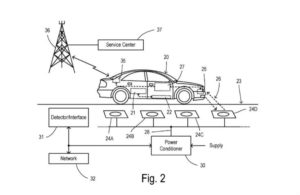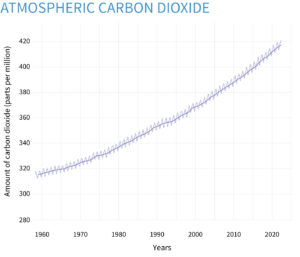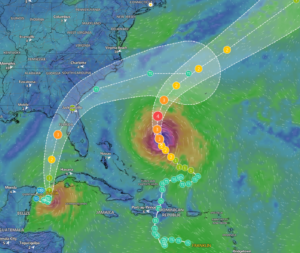A recent announcement about fast charging has me scratching my head.
Chinese battery giant CATL has unveiled a new fast-charging battery—one that the company says can add up to 400 kilometers (about 250 miles) of range in 10 minutes. That’s faster than virtually all EV charging today, and CATL claims the new cells, which it plans to produce commercially by the end of 2023, will “open up an era of EV superfast charging.”
Let’s make this really simple. Assuming the kWh needed to go 250 miles is 80 kWh and the charge cycle is 10 minutes, that means that on average the car will place an electric demand on the circuits of about 480 kW. We all know that the first minute of that charge cycle will be close to twice that, so that one EV will require 1 MW of power to charge the car.
Who the hell is going to justify an investment like this, no less has that kind of electric infrastructure where these chargers are likely to be placed. Plus, there is no way this technology can be backfitted to existing charge sites unless they plan to reduce the number of charge spaces.
Why am I the only one asking the electrical engineers and utility system planners to stop this nonsense? And, as if that wasn’t crazy enough, we have Ford filing a patent on in road charging. Gee. That means we are going to add miles to the vehicle while it is traveling down the road. So, let’s assume the car is going 60 miles per hour to make the math easy … or a mile per minute. Let’s imagine that the charging panel is 250 ft long also to make the math easy since this is about one twentieth of a mile. Each mile we want to add to the battery while it is crossing this grid in about 3 seconds on average or in aggregate achieving it in 2 seconds would mean that each mile would take 360 kW of power.
The whole idea is so ludicrous I am just wondering where all the engineers went? Oh, I forgot … everyone is waiting for the government giveaways to fund infrastructure.
Oh, and I also forgot that utilities love to build things that wind up in rate base. How nice that some are pushing them into this!
Where oh where is the least cost planning that was so foundational to the industry?






